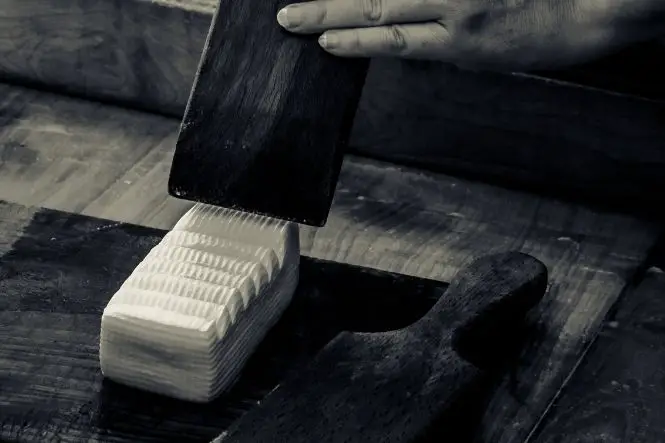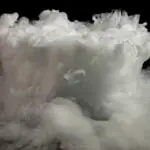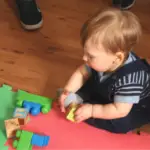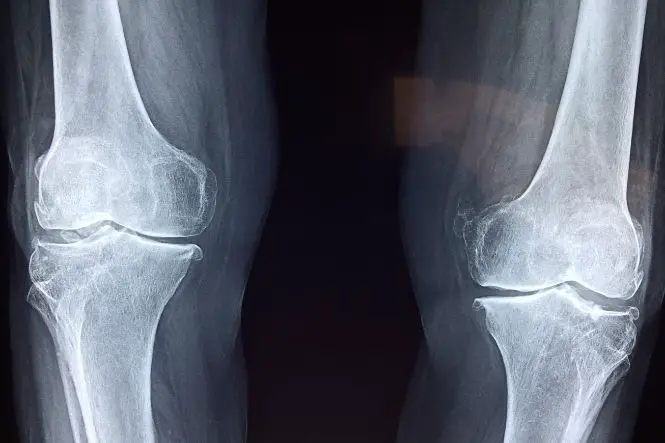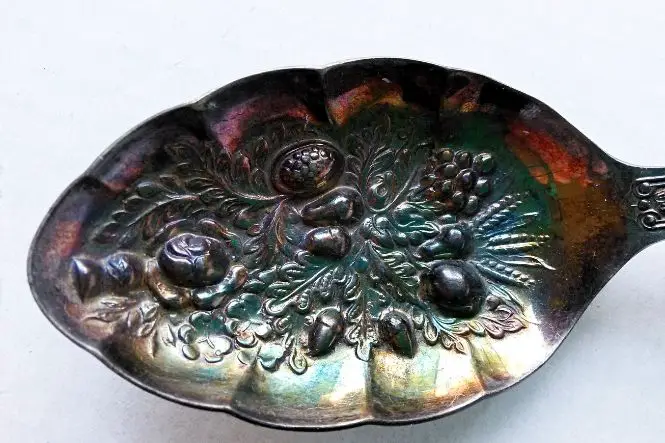Bread and butter go together naturally (especially freshly made bread still warm from the oven). There are records of butter making from around 4000 years ago. Butter usually comes from cow’s milk, but it can also be made from milk from buffalo, camels, goats, sheep or horses.
The Commercial Butter Making Process
The cream is separated from the milk and pasteurised (heated very quickly to a high temperature – 95ºC or more), which destroys any enzymes and microorganisms without affecting the flavour. The cream is ‘aged’ in a cool environment for 12 to 15 hours, and the cream is churned to form butter and buttermilk.
Making Your Own Butter
Put some double cream into a clean, dry jar and start shaking – it’s as simple as that! Keep shaking and checking the jar, and in about 15 minutes the cream will separate into butter and buttermilk. Try dropping a marble into the jar – does this make it become butter more quickly? Don’t forget to take the marble out at the end.
Drop the butter into cold water and knead it gently to get rid of any traces of buttermilk, with hands, two forks or a potato masher, draining and adding water until the water runs clear. Take the butter out of the water and knead it a bit more to get the last of the buttermilk or water out. It can be packed into a container or made into nice shapes. Try rolling it in dried herbs for a flavoured butter or adding a very small amount of salt to make slightly salted butter – this improves the taste and helps the butter to keep for longer. Spread the butter on warm, homemade bread or toast – delicious. Use the buttermilk as a drink, in baking or to make pancakes.
Another way to make butter is to use a blender, food processor or food mixer at the lowest speed, but take care not to over-beat it. Drain off the buttermilk and then wash the butter by adding a cup of ice-cold water, drain and repeat until the water comes out clear.
The Science of Butter
Butter is a mixture of milk fat and water in a type of colloid known as an emulsion. A colloid is a stable mixture of two materials (solids, liquids or gases) that don’t usually mix – substances that don’t mix are known as ‘immiscible’ (see ‘Ice Cream: Colloidal Chemistry’). An emulsion is a stable mixture of two immiscible liquids (see ‘Making an Emulsion’).
Butter is made from cream and is a water-in-oil emulsion of the milk fat (also known as the butterfat) and the water from the cream. Butter is about 80% fat and also contains fat-soluble vitamins (vitamin A, vitamin D and vitamin E). It takes about 21 pounds of milk to make one pound of butter.
In cream, the drops of milk fat are spread throughout the cream, and are suspended in the milk protein. Shaking the cream makes the drops of milk fat stick together and separate out from the buttermilk, and adding a marble makes this more efficient.

